Going in circles on range hood - am I overthinking?
gardengrl66 z5
2 years ago
Featured Answer
Sort by:Oldest
Comments (56)
gardengrl66 z5
2 years agoRelated Discussions
Am I overthinking this decision?
Comments (7)Thanks everyone - I think I'm gonna have to move the MW/convection somewhere below counter if I'm going to achieve the look I'm after (clean modern lines). I can see even by the pics that the different colors of stainless will be an issue as well as the design. duluthjeff - I picked the F and P because of all the positive reviews here as a midrange wall oven. I know people love the GE Monograms as well but I'm leery of GE (I went to www.fixitnow.com and it scared me away from anything GE). Thanks again everyone - back to the design board... Tracy...See Moreanyone have a futuro 'Murano' range hood? I am in luv w/the look
Comments (10)I purchased a Futuro hood (a wooden style called Mimosa) directly from their site for my 2008 kitchen remodel. Their installation instructions are not the clearest and it took us a while to realize we were missing a crucial hanging part. We made do with a stopgap although I assume they would have sent us a replacement. Unfortunately it conked out after a little over a year (right out of warranty it began making loud thumping noises and we couldn't diagnose the problem) and I was unable to get their customer service to return my emails or calls for service recommendations in my area. Regrettably, I changed it out for something else and would not purchase that brand again. That all said, Futuro's designs are very nifty. The replacement I got has steel baffles rather than the silver mesh of the Futuro, and I will say I much prefer the steel baffles, if that is available in Futuro models or any other brand you choose. Throw 'em in the dishwasher and done!...See MoreI am back for yet another kitchen remodel..Peninsula range hood?
Comments (5)I'd like to see the adjoining areas too. I'm thinking like remodelfla -- you would be better off moving the W/D and creating a galley kitchen that might have some extra storage on the long hall wall. If moving the water supply and drains is a problem (realize Florida might have concrete slabs like we do), then I would put the sink on that W/D walland the range would still be on the peninsula side, but look at a glass hood. I've seen plenty that look good over a peninsula. I know Candice Olsen has done one or more. I think the bigger issue is how that space works for you, and with 2 windows and 3 doorways in a small space, you have a better foyer than kitchen right now. It will function better if you can isolate the cooking tasks from the laundry (do you really want dryer lint where you are cooking anyway?). That looks like a galley with a hallway laundry pair either under the window or stacked to one side of the window. Assuming you need the three passage ways, I would consider keeping one large window and possibly closing up one or changing it to transom or backsplash windows. That gets involved in exterior factors and may or may not work for design, budget or other reasons, but I'd at least ask yourself those kind of questions now. Make sure you have thought about where the light comes from and how it shines into the kitchen -- now and with harsher angles in the winter. You may have views and light you cannot part with, but you could also have some harsh glare and heat. Good luck with your project and move....See MoreBacksplash Tile - Am I Overthinking?
Comments (27)T...I don’t think you are overthinking. My tile guy is excellent so imagine my surprise when I had slivers like you do on both sides of my rangetop. He starts dead center as well and I think the only way this could have been avoided would be if he had used larger grout lines which I didn’t want. I was So exhausted I just let it go and after a year in the house it doesn’t phase me. Like the song says “let it go”...... excuse my pic with dinner cooking. just pretend the rest of the tile that belongs to the sliver is under the cabinet,lol....See Moregardengrl66 z5
2 years agoopaone
2 years agoopaone
2 years agogardengrl66 z5
2 years agoopaone
2 years agolast modified: 2 years agokaseki
2 years agogardengrl66 z5
2 years agod7sharp9
2 years agogardengrl66 z5
2 years agokj s
2 years agogardengrl66 z5
2 years agogardengrl66 z5
2 years agokaseki
2 years agogardengrl66 z5
2 years agokaseki
2 years agoopaone
2 years agogardengrl66 z5
2 years agoM
3 months agolast modified: 3 months agoopaone
3 months agoM
3 months agolast modified: 3 months agokaseki
3 months agochronos
last monthgardengrl66 z5
last monthgardengrl66 z5
last monthchronos
last monthkaseki
last monthgardengrl66 z5
last monthgardengrl66 z5
last monthgardengrl66 z5
last monthgardengrl66 z5
last month
Related Stories
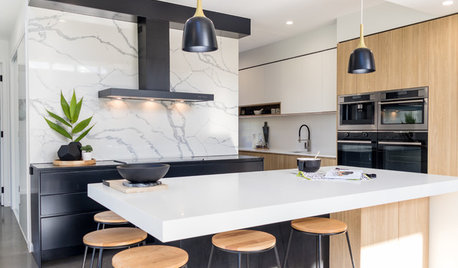
KITCHEN DESIGNHow to Get Your Range Hood Right
Get a handle on the technical specs, and then learn about fun design options for creating a beautiful kitchen feature
Full Story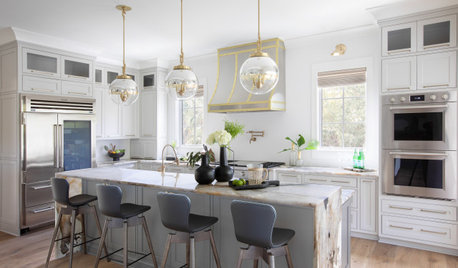
KITCHEN DESIGNDesigner Tips for Range Hoods, Appliances and Lighting
Learn how to get your microwave height just right, what kind of bar stool will be most comfortable and more
Full Story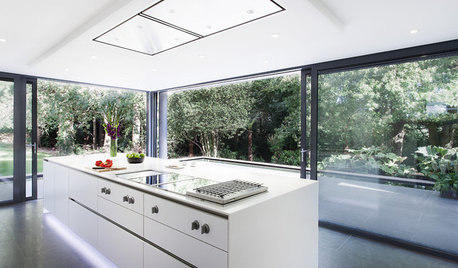
KITCHEN APPLIANCESDisappearing Range Hoods: A New Trend?
Concealed exhaust fans cut visual clutter in the kitchen
Full Story
KITCHEN APPLIANCESWhat to Consider When Adding a Range Hood
Get to know the types, styles and why you may want to skip a hood altogether
Full Story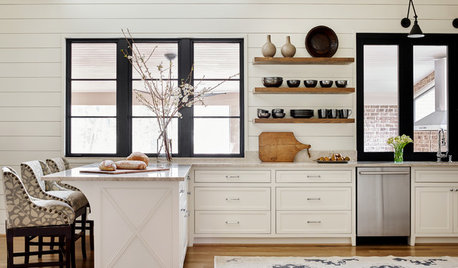
WHITE KITCHENSRoom of the Day: Soothing Kitchen With a Clever Range Hood Hack
Creamy whites and neutral accents keep this kitchen understated. A design trick makes the hood look more expensive
Full Story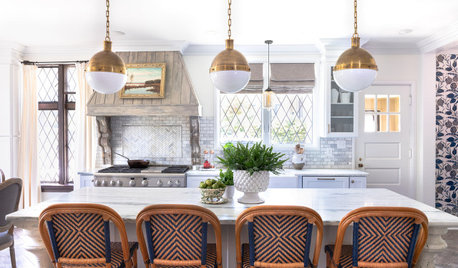
KITCHEN MAKEOVERSKitchen of the Week: Hand-Painted Range Hood and Classic Finishes
A designer puts hardworking materials, repurposed features and personal touches to work in her own charming kitchen
Full Story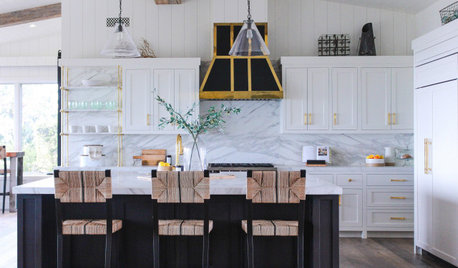
KITCHEN DESIGN15 Statement Range Hoods to Inspire Your Kitchen Remodel
See how 15 range hoods add personality and an intentionally designed look to their kitchens
Full Story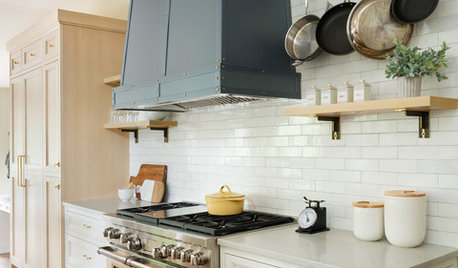
BEFORE AND AFTERS4 Kitchen Makeovers With Standout Range Hoods
In these before-and-afters, see how a custom range hood can take your kitchen renovation to the next level
Full Story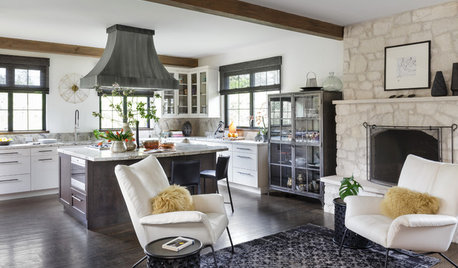
KITCHEN MAKEOVERSZinc Range Hood and a Limestone Fireplace Create a Timeless Look
A designer uses weathered materials to fashion a new classic kitchen for her family in Walnut Creek, California
Full Story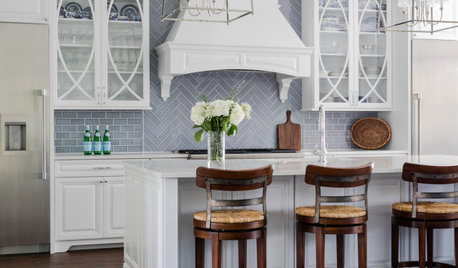
KITCHEN DESIGN10 Terrific New Ideas for Wrapped Range Hoods
See how designers use various materials and ornamentation to play up or play down a covered kitchen range hood
Full Story





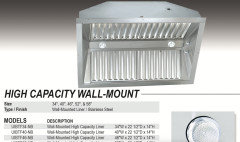
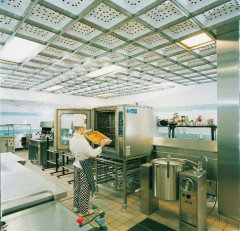

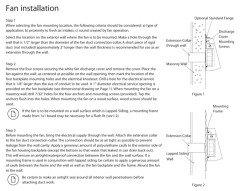






kaseki